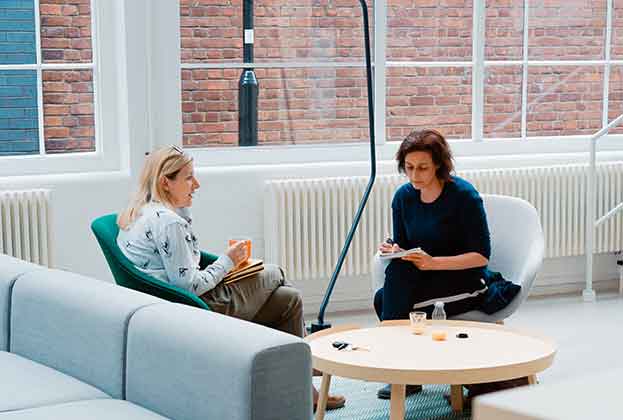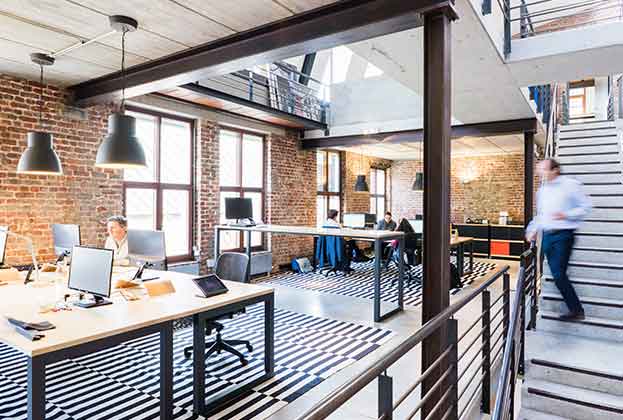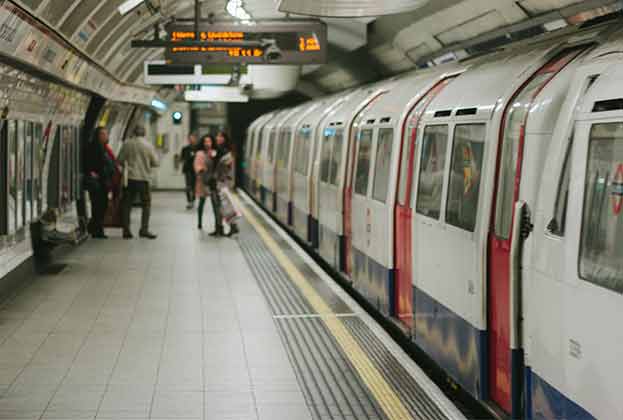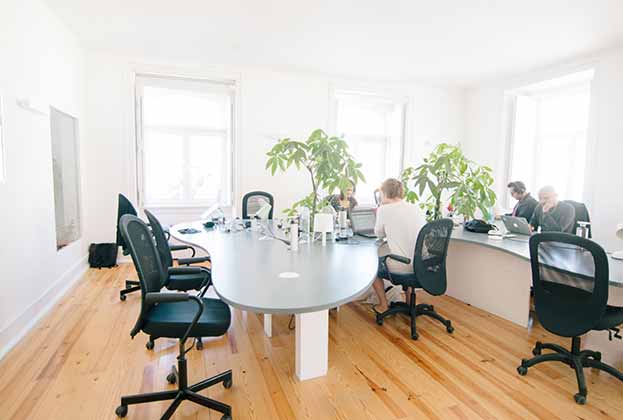Tenants are increasingly using smart technologies, which are also becoming incorporated into office buildings and the need for strong connectivity is vital
The quality of WiFi technology has become a key factor in ensuring the smooth running of a workplace. This was evident from the survey, as 80% of respondents believed this was an important component in their ideal workplace. Tenants are increasingly using smart technologies, which are also becoming incorporated into office buildings and the need for strong connectivity is vital. David Garland, from WiredScore, explores why connectivity has become such a priority for tenants.
"In a rapidly evolving digital economy where technology is increasingly central to operations, fast and reliable connectivity is the oxygen of modern business. This is being driven by three things: the widespread transition to cloud-based applications, smart devices and flexible workspaces. Shown by the results from the study, however, there is a clear disconnect between the understanding of modern occupiers that connectivity is paramount to a successful tenant experience and low satisfaction rates with current levels of service. Only 4% stated that the quality of WiFi technology was not important in the office place. However, despite this, just under 50% of respondents stated that they were satisfied with the quality of the WiFi provision in their office. The results for mobile phone signal are similar, only 6% of respondents stated that the quality of the mobile signal was not important in the office workplace, but only 54% were satisfied with their service.
These results have major implications. Whereas previously any disruption to an office's internet provision may have meant its workers were unable to send emails, the shift to cloud-based applications means any downtime now results in a complete inability to access files or carry out basic tasks. Similarly, as businesses transition away from landlines and increasingly operate purely through mobile, an adequate signal in the office is now a necessity rather than a luxury.
The need for access to strong digital connectivity and mobile signal is only set to grow further as cities seek to introduce more smart buildings and intelligent office space, driven by the vast amounts of data at their disposal. However, landlords looking to update the digital infrastructure of their assets need to do more than just incorporate smart devices and apps into their buildings. Under half of the respondents stated that they found their office apps useful. The smartest buildings are and will continue to be judged on their use of tech to meet their tenants' needs in the most effective and efficient way."
The survey results show that engagement between landlords, tenants and their staff is key. This will help ensure that high levels of customer service are received from the tenant and their staff are likely to be more productive
Savills Research
Office buildings need to be able to react to changing requirements from occupiers and their employees and ensure they can work in the most efficient way possible. A notable change in recent years is the rise in demand for parcel collection facilities. Only 27% of the respondents were satisfied with the current provision of parcel collection facilities. The UK has the highest online sales penetration rate in Europe at 19% and is forecast to increase to 23% in the next five years. Millennials are shifting their purchasing patterns online, 42% and 40% of 18–24 and 25–34-year-olds, respectively, considered parcel delivery and collection lockers important. Occupiers and landlords need to consider how they can improve the provision of parcel lockers by potentially using redundant ground floor and basement space. Kerb-to-desk is an important problem to solve.
The degree of control, on the working environment by employees themselves, has a large impact on the office employees' assessment of the impact that the office has on their physical and mental wellbeing. The level of control may be limited, but the perception of control should not be understated in importance. The 2016 survey showed that those with little or no control felt that the office had a much less positive impact on physical and mental health. Those with more control, the opposite was true.
Engagement is key. From the 2019 survey, only 34% of respondents have been asked for their views on the office environment by their employer. The respondents believed that if there was greater engagement from their employers over their office space, this could improve their productivity. 65% of respondents believed that if the current design/layout of their office matched their ideal workplace this would increase their productivity. The survey uncovered that 21% of respondents would most like to change the internal design/fit-out of their workplace which was the highest result. This implies that greater engagement with staff during the fit-out process is needed to meet staff requirements. The 2019 survey showed that those with more control were still much more positive about the offices' impact on them. Savills believes that this is the result of a higher degree of engagement with office employees and the increasingly positive impact of the HR teams within companies. Indeed, the UK cities that had a higher proportion of workers that had been asked about their office ‘needs' were also more likely to be happier employees – again, engagement is key.
Will office smartphone apps be the next step for workplace as a service (WAAS)?
Wellness and mental health are rising on the corporate agenda and occupiers are seeking to use their real estate to improve the wellbeing of their staff. Landlords are responding to this demand and are taking a far more proactive role as a service provider rather than a distant rent collector. Smartphone apps have been developed for office buildings and business parks which have included services such as concierge packages, providing access in and out of the building, booking meeting rooms, and parcel delivery services. In multi-let buildings, they have also been used as a portal for encouraging collaboration and providing networking opportunities for different tenants within the building.
Only 34% of respondents across the UK thought a smartphone app for their office would be useful. This was the lowest response across Europe. This could, however, be attributed to a lack of knowledge and understanding of the benefits of office buildings apps due to the limited provision of this technology compared to landlords across Europe. It is expected that these apps will become more adopted in the next few years, and we would expect that in future surveys, more respondents would find them useful.
Read the articles within Savills What Works Want Survey below.
.jpg)





